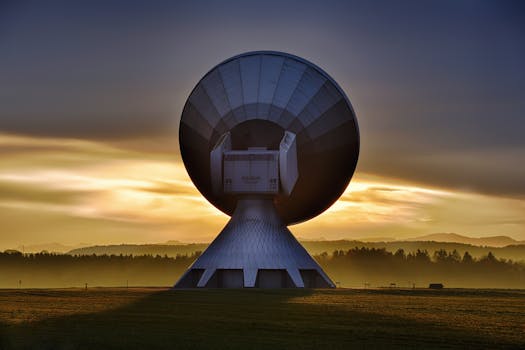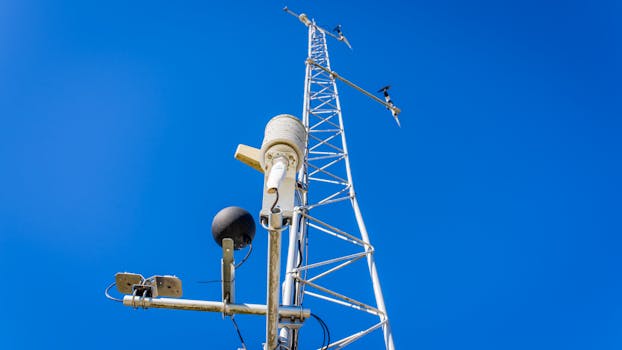
The Future is Now: Exploring the Cutting-Edge Innovations in Satellite Telecommunications
Satellite telecommunications is an essential part of modern life, and the future is now. With the rise of Satellite Telecommunications, we are witnessing a significant transformation in the way we communicate and access information. The recent advancements in satellite technology have opened up new avenues for connectivity, enabling faster, more reliable, and more secure communication services.
Introduction to Satellite Telecommunications

Satellite telecommunications involve the use of satellites orbiting the Earth to transmit and receive signals, providing communication services to users globally. The satellites act as repeaters, amplifying and re-transmitting signals to ensure seamless communication. With the increasing demand for global connectivity, satellite telecommunications have become an integral part of modern telecommunications infrastructure.
Advancements in Satellite Technology

The satellite industry has experienced significant advancements in recent years, driven by technological innovations and investments. Some of the key developments include the launch of high-throughput satellites, which offer faster data speeds and greater capacity. These satellites use advanced technologies such as phased arrays and beam-hopping to provide more efficient and flexible communication services.
Another significant development is the emergence of low-Earth orbit (LEO) satellites, which operate at lower altitudes and offer lower latency and higher throughput. LEO satellites are being used for a range of applications, including remote sensing, communications, and navigations. The use of LEO satellites is expected to increase in the coming years, driven by the growing demand for global connectivity and the need for more efficient and cost-effective communication services.
Applications of Satellite Telecommunications

Satellite telecommunications have a wide range of applications, including mobile networks, broadband services, navigation, and remote sensing. Satellite-based mobile networks provide connectivity to remote and underserved areas, where traditional terrestrial networks are not available. Satellite broadband services offer high-speed internet access to users globally, enabling them to access information and communicate with others.
Satellite navigation systems, such as GPS, provide location information and timing signals, which are used for a range of applications, including aviation, maritime, and land transportation. Remote sensing applications use satellites to collect data on the Earth’s surface, which is used for weather forecasting, climate monitoring, and disaster management.
Conclusion

In conclusion, the future of satellite telecommunications is now. With the recent advancements in satellite technology, we are witnessing a significant transformation in the way we communicate and access information. The use of high-throughput satellites, LEO satellites, and other advanced technologies is expected to increase in the coming years, driven by the growing demand for global connectivity and the need for more efficient and cost-effective communication services.
See more:


